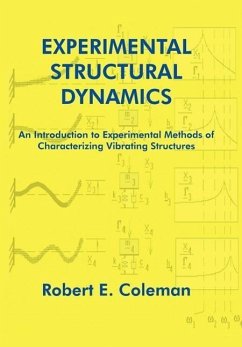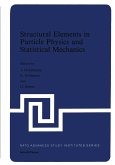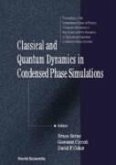It is not uncommon to find engineers in test labs or design groups who have not had occasion to use the mathematical tools acquired in college. When suddenly faced with vibration issues they find themselves ill equipped to get a solid grasp of the vibration process. It is the intent of this technical reference to provide access to vibration theory, initially at a very elementary level, then progressing from basic analytical formulations toward the more mature mathematical representations associated with eigenvectors and the Fourier Transform. Mode shapes are introduced without any reference to the eigenvalue problem, but connected immediately to simple coordinate transformations in two and three dimensions. This allows a rather simple picture of operators, ultimately leading to a straight forward derivation of the Frequency Response Function (FRF) formula. It is hoped that many engineers will find their way back into a more analytical approach to vibration problems. Experienced analysts and academics were given consideration as well, providing fresh viewpoints from time to time, such as the development of modal force as a contravariant vector, providing a detailed view of the FRF as a superposition of modal FRFs.
Hinweis: Dieser Artikel kann nur an eine deutsche Lieferadresse ausgeliefert werden.
Hinweis: Dieser Artikel kann nur an eine deutsche Lieferadresse ausgeliefert werden.








